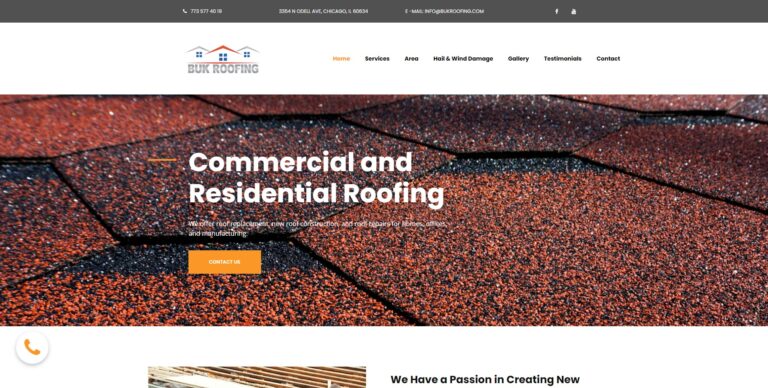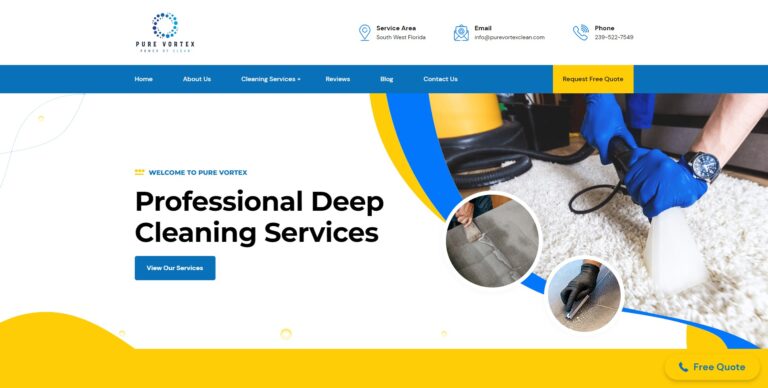Understanding OEM (Original Equipment Manufacturer) and Its Significance

In the dynamic world of manufacturing and commerce, the term “OEM” holds substantial importance, but it might not be familiar to everyone. OEM, which stands for Original Equipment Manufacturer, is a key concept that drives collaboration and efficiency across various industries. In this article, we will delve into what OEM means, how it functions, and its significance in the modern business landscape.
Defining OEM
At its core, OEM refers to a company that produces components, products, or parts that are used in another company’s final product. These items are sold to the purchasing company, which then incorporates them into their own branded product. The purchasing company, also known as the value-added reseller (VAR), takes the OEM product and integrates it seamlessly into its offerings. As a result, consumers encounter the final product without being aware of the OEM’s involvement.
The OEM Process
The OEM process typically involves the following steps:
Product Design and Development
The OEM company designs and develops the components or products according to the specifications provided by the VAR. These specifications outline the desired features, quality, and functionality required for the final product.
Manufacturing and Production
Once the design phase is complete, the OEM manufacturer commences production on a large scale. They create batches of components or products that align with the VAR’s requirements.
Bulk Sale to VARs
The OEM sells the produced items in bulk quantities to various VARs. These value-added resellers are responsible for integrating the OEM products into their own finished goods.
Branding and Distribution
The VARs rebrand the products with their own logos, packaging, and marketing materials, positioning them as part of their unique product line. Subsequently, they distribute these products to retailers or directly to consumers.
Key Benefits of OEM
OEM partnerships offer numerous advantages for both the original manufacturers and the value-added resellers:
Focus on Core Competencies
OEM companies can concentrate on their areas of expertise and specialized manufacturing, knowing that their products will find their way into a wide range of final goods.
Efficiency and Cost-Effectiveness
OEM items are produced in large quantities, leading to economies of scale. This translates into cost savings for both OEMs and VARs.
Accelerated Time to Market
VARs can rapidly bring new products to market by leveraging existing OEM components. This speeds up product development and reduces lead times.
Quality Assurance
Reputable OEMs ensure high-quality products, which enhances the reliability and reputation of the VAR’s offerings.
Brand Recognition
VARs can focus on building their brand identity without compromising on product quality or functionality, as they rely on trusted OEM partners.
Industries Utilizing OEM
The OEM concept is pervasive and finds applications in various industries:
Electronics
OEMs provide components such as microprocessors, display panels, and sensors used in smartphones, laptops, and other electronic devices.
Automotive
Car manufacturers collaborate with OEMs to obtain specialized parts like engines, infotainment systems, and safety features for their vehicles.
Computer Hardware
OEMs supply components like motherboards, memory modules, and graphic cards to computer manufacturers.
Industrial Machinery
OEMs play a crucial role in providing components for heavy machinery used in construction, manufacturing, and agriculture.
Conclusion
In conclusion, OEM (Original Equipment Manufacturer) is a fundamental aspect of modern manufacturing and commerce. It facilitates seamless collaboration between specialized manufacturers and resellers, ensuring the production of high-quality products with reduced lead times. As consumers, we encounter OEM items daily, though we may not always be aware of the invisible hands that work together to bring us the products we rely on and cherish. The OEM concept is likely to continue shaping industries and driving innovation, supporting a diverse range of companies as they deliver their products to the world.
Business Listings Related to the Article: Understanding OEM (Original Equipment Manufacturer) and Its Significance
Remedium Lifecare
Remedium Lifecare is a Pharmaceutical Company that operates across two business verticals, namely Products and Services. Their Products business focuses on the sale of APIs and Intermediates to innovator and generic pharmaceutical players in both Domestic and International markets, including regulated markets.
- Category
- Health & Wellness
Buk Roofing – Chicago Roofing Company
With a long-standing presence in the Chicago area, our esteemed roofing company has built a solid reputation for excellence over the years. Our dedicated team of professionals takes immense pride in their expertise and unwavering commitment to professionalism.
- Category
- Construction & Contractors
Pure Vortex Clean
Immerse yourself in a remarkable encounter with our expert deep cleaning service, specially tailored for your carpets. With unwavering commitment, our team guarantees your utmost satisfaction through exceptional customer service, swift and efficient workmanship, and prices that will pleasantly surprise you.
- Category
- Cleaning Services
More Articles Like: Understanding OEM (Original Equipment Manufacturer) and Its Significance
Mastering the Art of Taking Meeting Minutes: A Comprehensive Guide
Taking meeting minutes is an essential skill for anyone involved in meetings, whether you’re a secretary, team leader, or participant. Good meeting minutes ensure that discussions and decisions are accurately documented, helping to keep everyone aligned and accountable. However, mastering this skill requires attention to detail, effective listening, and organization. In this guide, we’ll explore […]
The Power of Disruptive Innovation: Transforming Industries and Shaping the Future
Disruptive innovation is a concept that has revolutionized industries, reshaped markets, and transformed the way businesses operate. Coined by Harvard Business School professor Clayton Christensen in the late 1990s, disruptive innovation refers to the process by which a new product, service, or technology disrupts and displaces established market leaders. This phenomenon has become a driving […]
Demystifying the Roles: CEO vs. President in a Company
In the corporate world, the titles “CEO” and “President” often conjure images of top-level executives steering the ship of a company towards success. While both positions are integral to the leadership structure of an organization, they come with distinct roles and responsibilities. To demystify the differences between a company CEO and President, let’s dive into […]








